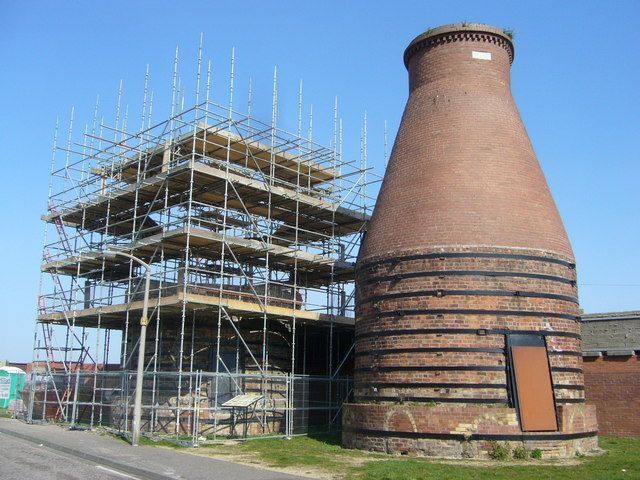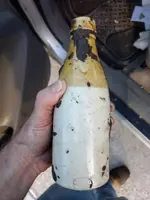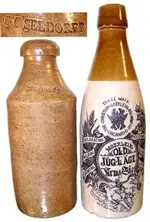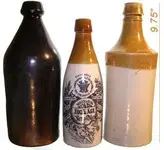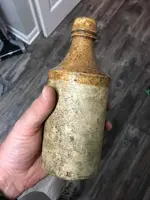deershed
Silver Member
- #1
Thread Owner
While checking out a new area for some bottle digging I found this bottle laying on the surface.
I'm still new at trying to figure these glass bottles out never mind stoneware.Can anyone help me identify this bottle or tell me what time period it might be from?
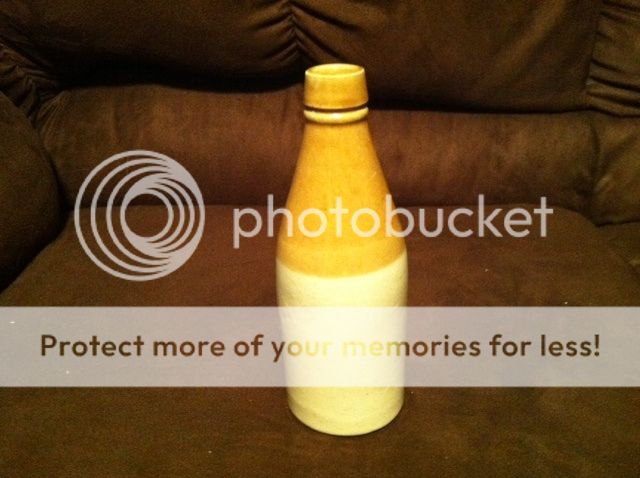
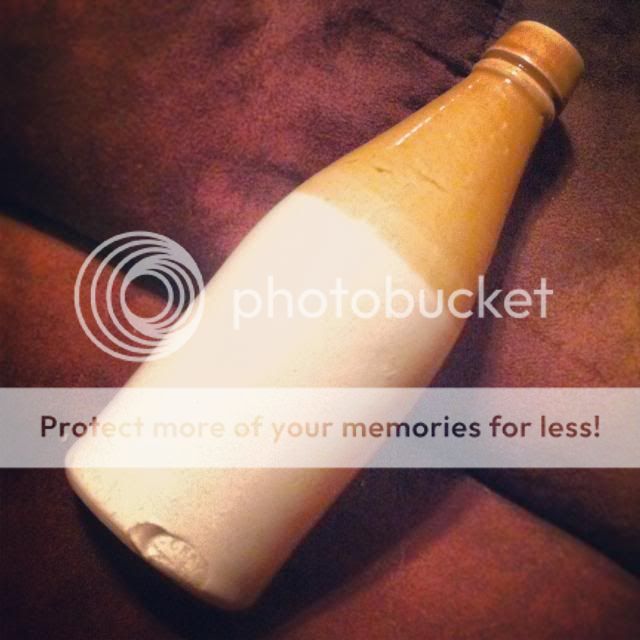
This was on the edge of the bottom of the bottle.
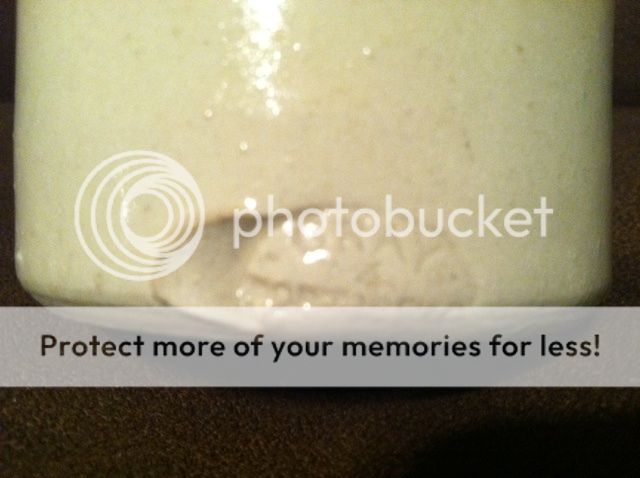
I'm still new at trying to figure these glass bottles out never mind stoneware.Can anyone help me identify this bottle or tell me what time period it might be from?


This was on the edge of the bottom of the bottle.




